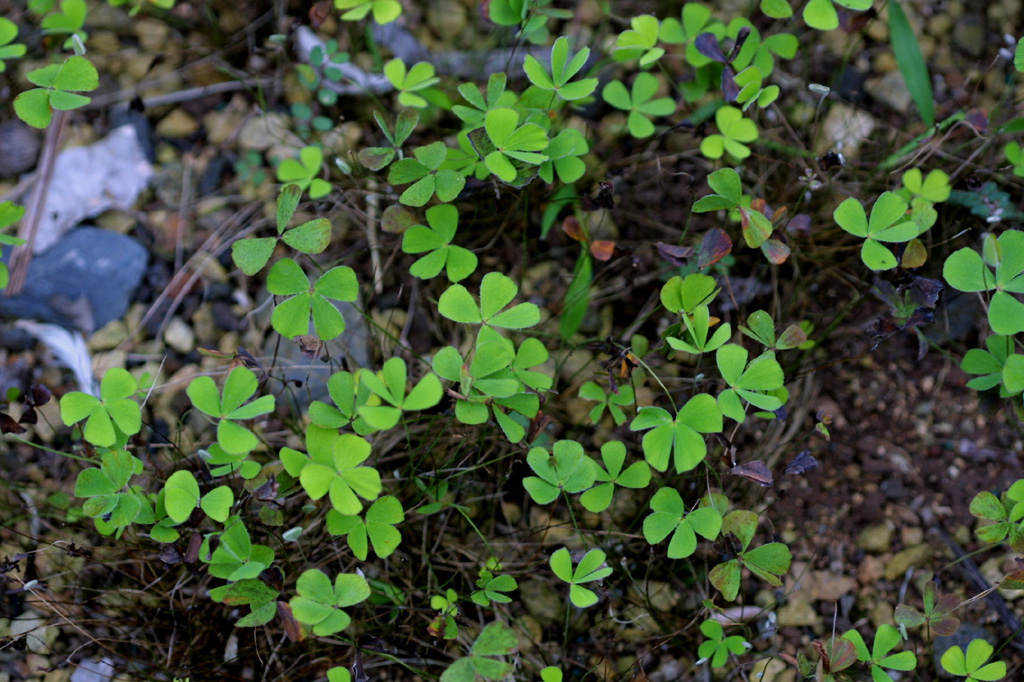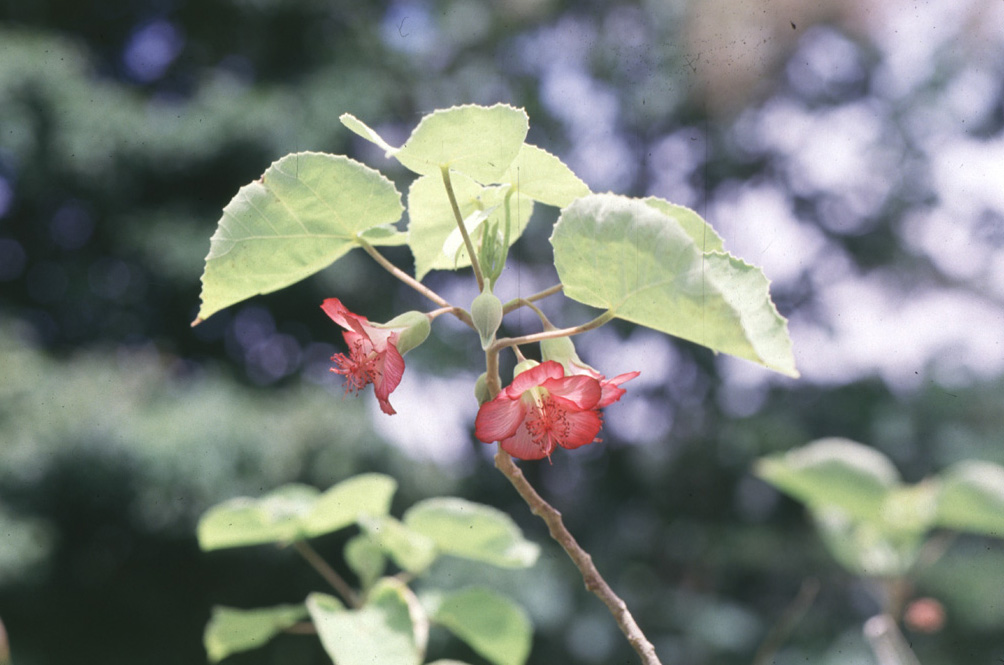What is Big Data and How Can We Use It To Save Plants
It seems that everywhere we are hearing the term “Big Data.” As the term implies, Big Data is comprised of sets of data, often complex with massive amounts of information. While these sets of data cover diverse areas such as business and social media, it is also valuable in the scientific world – there are multiple applications possible. The data collected holds value in its use for predictive analytics as well as scientific analysis. The key to all the possible applications is inter-connectivity between sources and integrating the data in a way that will allow algorithms to learn from the data as well as make predictions based on the data.
In order to conserve plants in North America, we will need to integrate approaches that allow more efficient use of limited resources. Big Data gives us the opportunity to pull together disparate information and research to more effectively approach the work of saving plants.
Botanical Society of America Conference symposium “Big Data and the Conservation of North America’s Flora”
Earlier this summer, Dr. Joyce Maschinski, VP Conservation and Science at Center for Plant Conservation (CPC), attended the Botanical Society of America Conference in Ft. Worth, Texas and gave an oral presentation in the symposium “Big Data and Conservation of North America’s Flora” organized by Dr. Anne Frances, Lead Botanist from NatureServe and Peggy Olwell, National Plant Materials Program Lead from the Bureau of Land Management. The speakers in the symposium highlighted the need to integrate new approaches that would enable us to use limited resources in a more coordinated and efficient way to save plants. In order to conserve plant biodiversity in a holistic and comprehensive manner, academics, conservationists, and land managers will need to join forces. Familiar colleagues helped present a well-rounded symposium, including Alan Weakley, Wesley Knapp, George Gann, and Fred Edwards.


Dr. Maschinski spoke about the new approaches CPC is using to share information, from local to regional and national scale. To improve the speed and quality of data sharing among institutions, CPC has created online forms that automatically populate a cloud database – this database can be accessed by partners for state and national level analyses. Data kept by individual participating institutions to track accessions can collectively inform collection goals of the California Plant Rescue and Global Strategy for Plant Conservation and automatically inform the seedbank partners at the National Laboratory for Genetic Resources Preservation. A key component for all new initiatives will be to make the forms themselves useful at multiple scales so that data transfer is seamless and easily converted for analysis. This will leave more time for essential plant conservation.
Content provided by Dr. Joyce Maschinski. Photos: Marsilea villosa (`Hi `ihi) by Nellie Sugii and Abutilon menziesii (Ko’oloa ‘ula) by Waimea Arboretum